Pelvic Tilts, Tips, and Training
Oska gave me my latest assignment, and no, it wasn’t to come up with an article title that might get one into trouble with only a slight slip of the tongue. My question to Oska was, what is something you see people struggling with at Run Club.
Hips.
Not hipsters, though they can be problematic, too.
Pelvic tilts, to be precise.
So here we are, me writing about one of my favourite musculoskeletal topics - hips. It is one of my favourite topics because the punchline, as it so often is, is get stronger rather than necessarily more bendy. And yes, both Oska and I recognise that we’re banging a drum that few will want to listen to. But nonetheless, on the off-chance that someone might read this and recognise that being a stronger runner means being a better runner, we’ll publish this thing anyway. You can always read it while you are stretching…
What is Pelvic Tilt?
Some very basic anatomy to start off with then. It is perhaps most helpful to think of your pelvis as the structure into which your torso plugs into, via your spine. It is also the structure that your legs plug into via your hip joints.
Your hip joints are ball and socket joints, meaning they have many degrees of freedom in their movement. Your pelvis, perched on top of these joints, is akin to a bucket of water balance on stilts.
If the bucket of water tips forward, spilling water out the front, this is anterior pelvic tilt. Anterior pelvic tilt is the posture you adopt when you want to show off your glutes on Instagram or TikTok.
If the bucket of water tips backward, spilling water out the rear, this is posterior pelvic tilt. Posterior pelvic tilt is the posture you adopt when you want to do a ‘Mr Bean, running’ impersonation.
There is a third type of pelvic tilt often missed in such tippy pelvis discussions, and that is lateral pelvic tilt. In this scenario, your bucket of water is spilling water out one side and it is running down the side of your leg.
When that bucket is nice and evenly balanced front to back, and left to right, we can consider this a neutral position. You might now be thinking that neutral is just what you want. But running is a dynamic movement - and this movement includes some degree of water sloshing around in your bucket.
It is the dose which makes the poison.
When Does Pelvic Tilt Need Fixing?
Humans are naturally wonky. We are all asymmetrical to some degree or another. There are plenty of runners out there who likely have some awful anterior or posterior pelvic tilts going on, and they run just fine - pain-free and fast (lateral tilts are somewhat more problematic).
Rather than diagnosing the tilt, it is perhaps best to examine what is causing it, as it is more likely the reasons for the tilt rather than the tilt itself which can cause issues for an individual.
An anterior pelvic tilt (bucket tipping forward) might be downstream from tight hip flexors and weak abdominals.
A posterior pelvic tilt (bucket tipping backward) might be downstream from a tight low back and weak glutes.
Lateral shifts in your pelvis (where one side sits higher than the other, laterally) could be cause by such things as leg length differences, spinal curvatures (e.g. scoliosis), sitting for prolonged periods cross legged, or running on off-camber roads and trails too often. Such lateral shifts can lead to tight glutes and ITB issues.
It is important to highlight a point I have made in previous articles, being that a tight muscle is often a weak muscle, one needing strengthening rather than stretching. Indeed, taking a muscle that is tight because it is weak and finding weird and wonderful ways to swing off it in an attempt to lengthen it, can sometimes make the problem worse.
Now, I’m not saying that some gentle mobility work, self-myofascial release (such as foam rolling) and massage isn’t warranted or helpful. But if your lumbar muscles, glutes, abs, and hip flexors are weak (even if also tight) because you are someone who sits for prolonged periods, then, in my experience, you will get much better results from making a strengthening programme the cornerstone of your self-care routine.
Is Your Pelvic Tilt Really an Issue?
This is one of those times where it is important not to self-diagnose. Get someone who is experienced in assessing runner technique and posture (*cough* Oska @ The Front Runner *cough*) and/or someone who is qualified and experienced in some form of functional musculoskeletal assessment.
Preventing Pelvic Tilt
Never sit again. Throw away your couch and always squat instead of sitting.
Too extreme?
Blame your feet and your shoes.
Yes, it might be your shoes. But it is just as likely not to be, forcing you to look a bit harder at your structural integrity and mechanics (which, sadly, can’t often be fixed by shoes and orthotics).
A good assessment will help you target exercises specific to your needs, but there are some general tips we can offer.
- Look above and below your pelvis. It is the musculature either side of it which will be having the greatest influence. This means the muscles which make up your core (your ‘abs’), as well as the muscles which cross the hip joint, including those which flex the hip (hip flexors) and those which can extend the hip (glutes and hamstrings).
- For your core, exercises (and their variations) such as planks, side planks, and dead bugs are all great starting points.
- For your glutes, bridges are a great starting point.
- Mobility drills, such as couch stretch (for hip flexors), elevated pigeon pose (for your glutes), and cat-cow (for your spine) are great ways to increase pelvic mobility if it is a bit stuck.
- As sitting for prolonged periods of time is likely one of the biggest causes of dysfunctional pelvic tilts, try to break up your sitting time with walking breaks throughout the day. Having a standing desk might be helpful, though it is just as easy to stand with poor posture as it is to sit with poor posture, so simply standing in a fixed position is no panacea.
For those who simply must run no matter what, there are also some drills you can perform to help with good pelvic alignment. This is a good resource for those wanting instruction there.
I’ll close with the reminder that being a good runner means appreciating that running is a skill-based activity. Simply running more and faster doesn’t make you a better runner and can, most likely, make you a whole lot worse.
The knowledgeable team at The Front Runner are more than happy to sell you new shoes to help you perform better and have more fun, but they are also just as happy to talk about skills, drills, and non-running training. It might not be what you want, but it just might be what you need.
Jamie






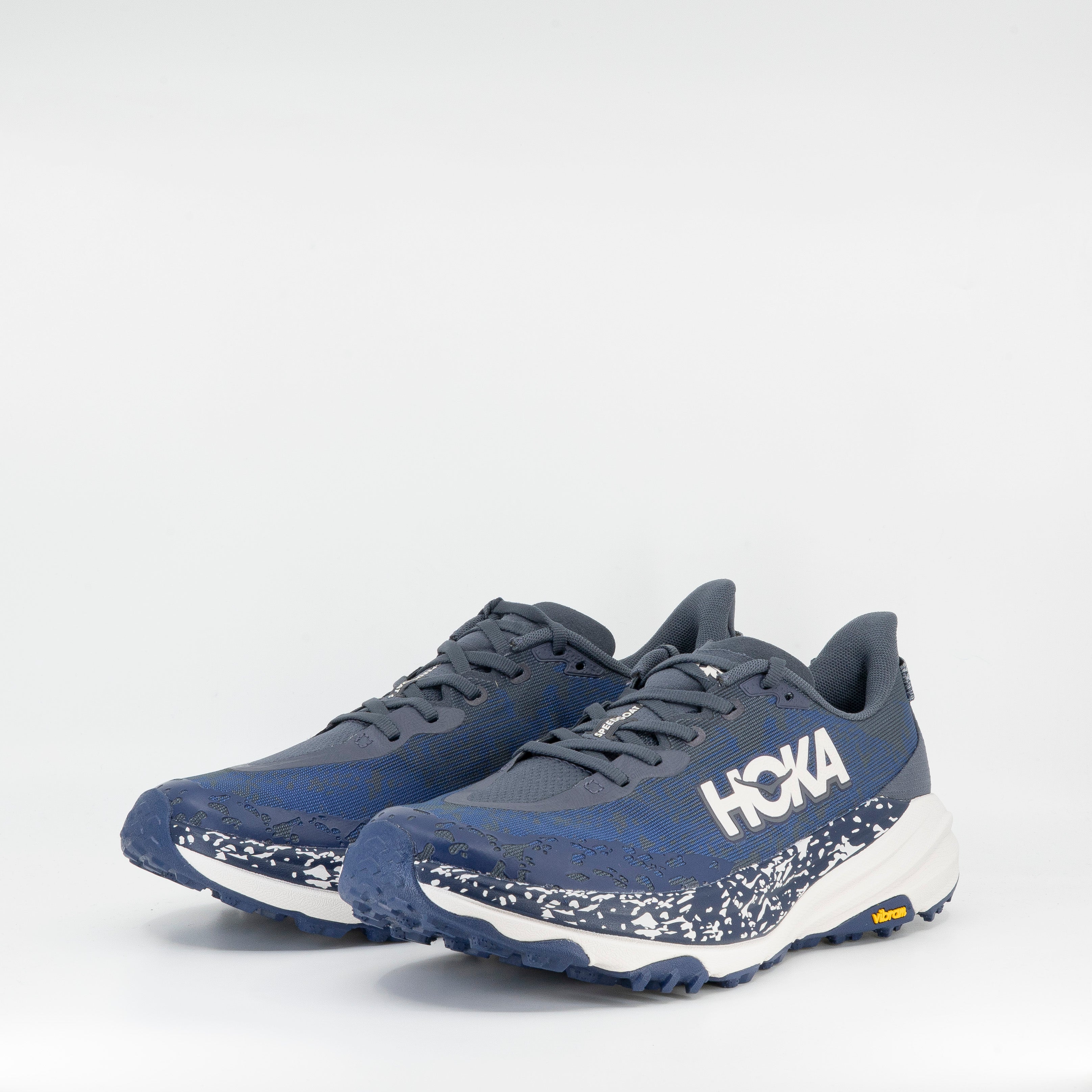













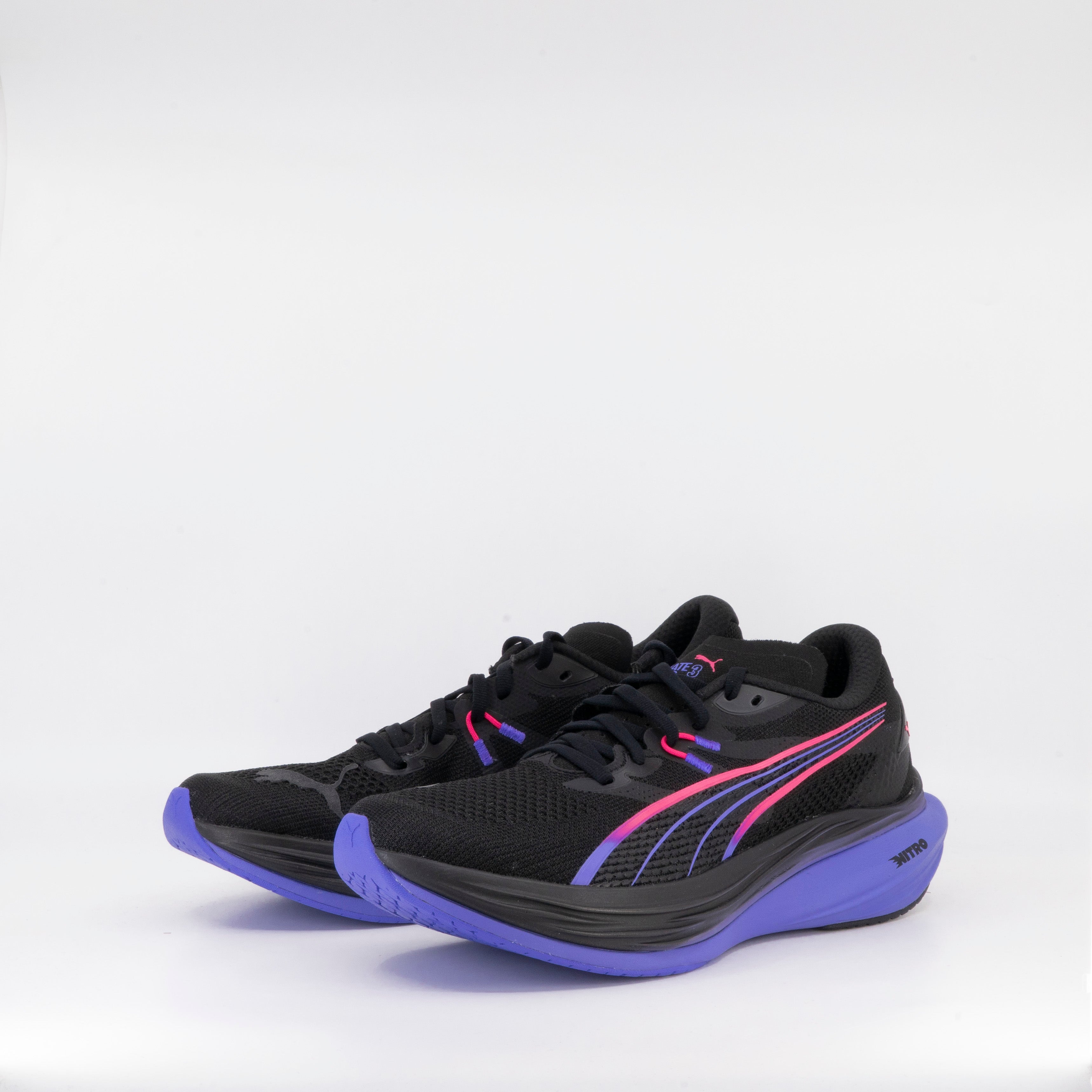








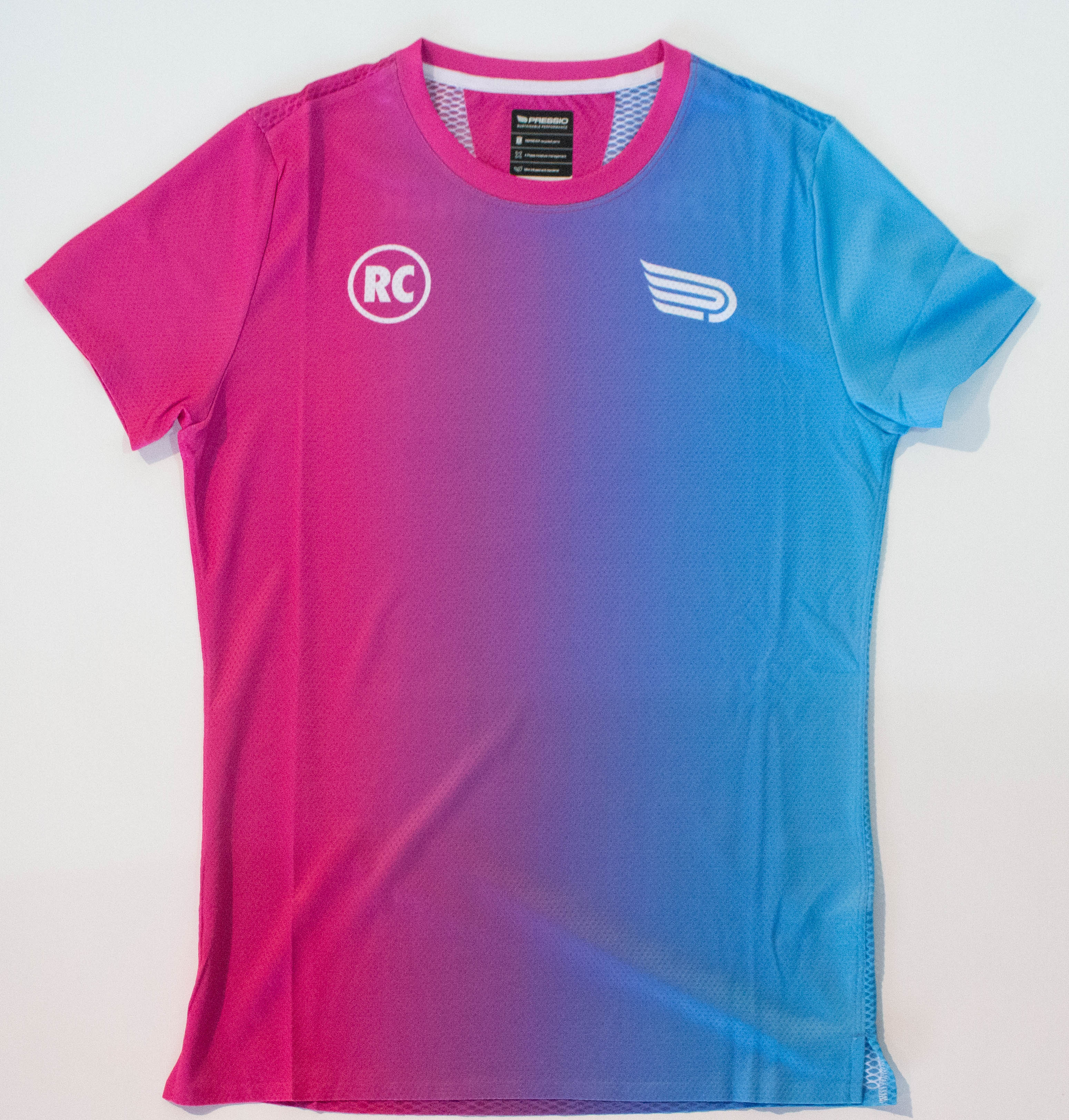










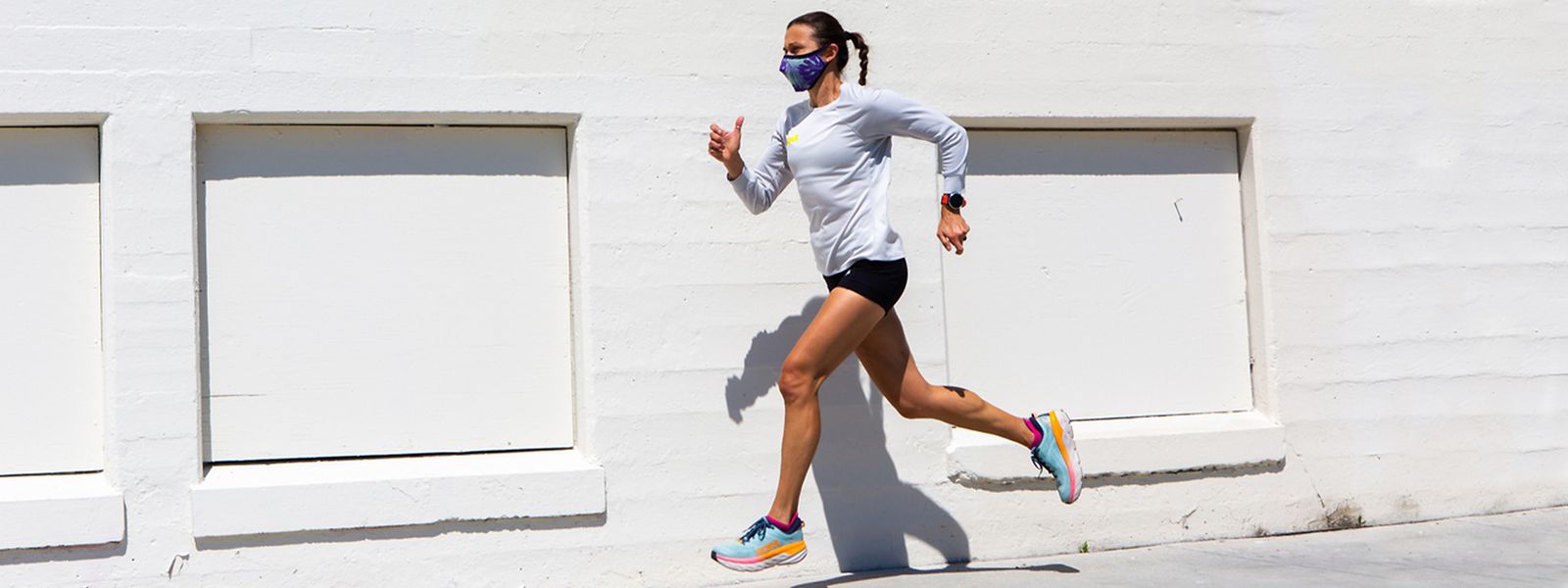









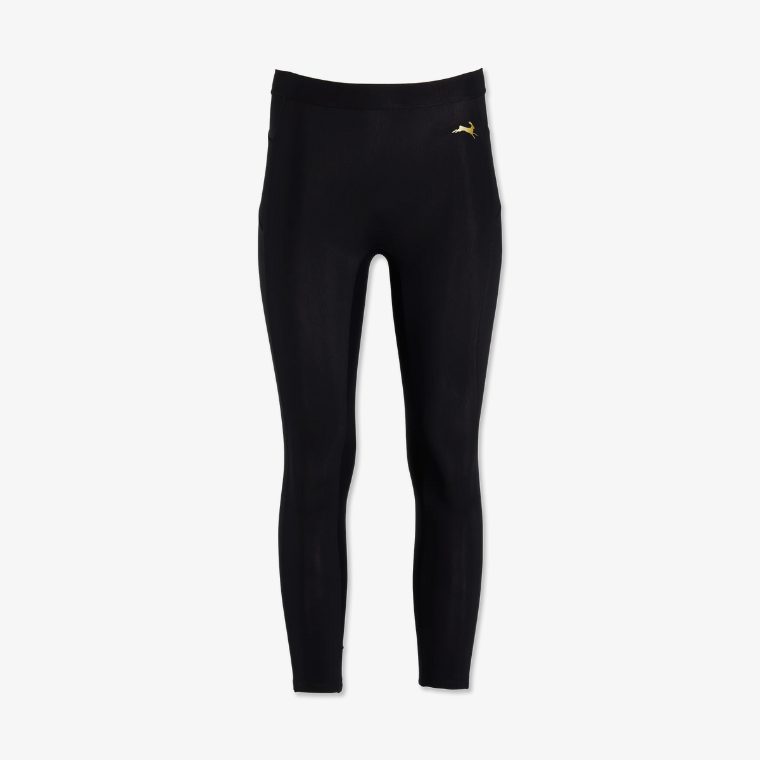















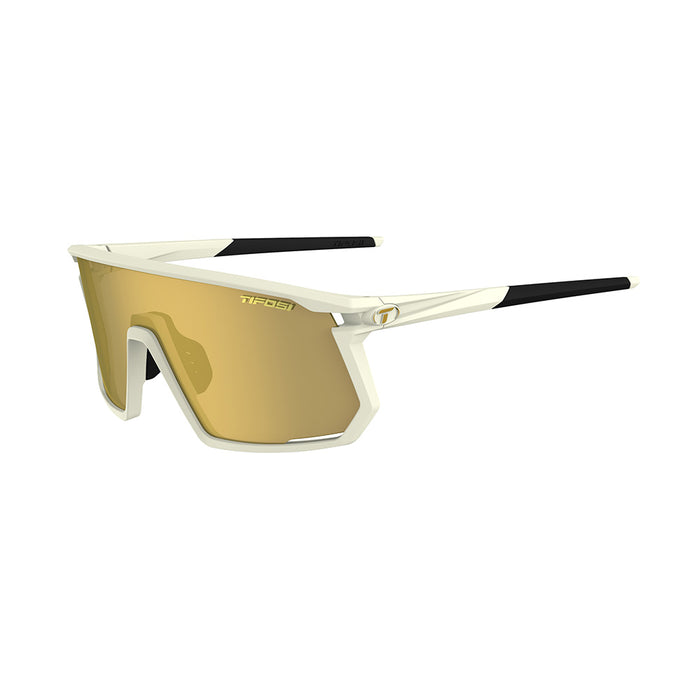











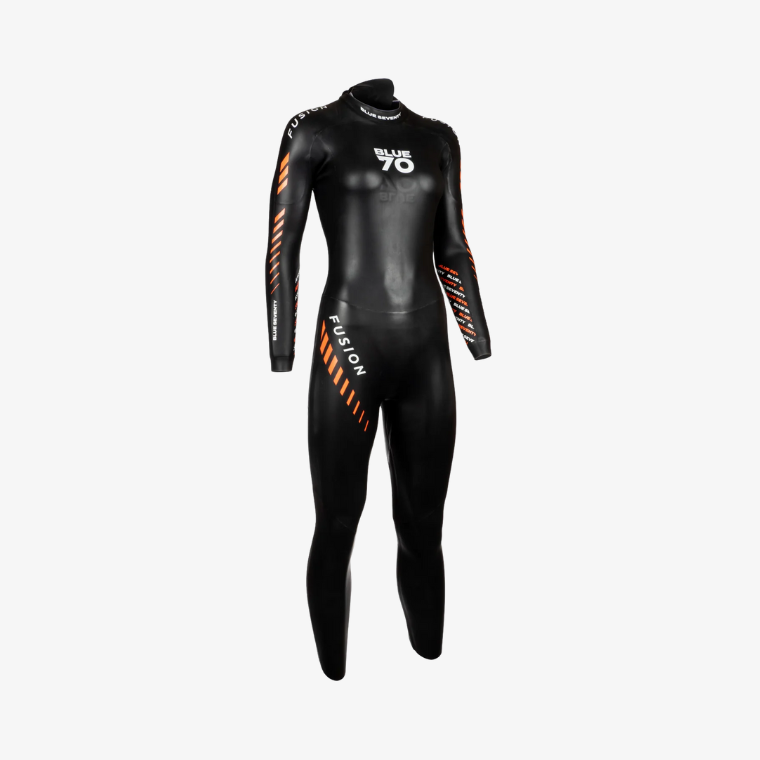




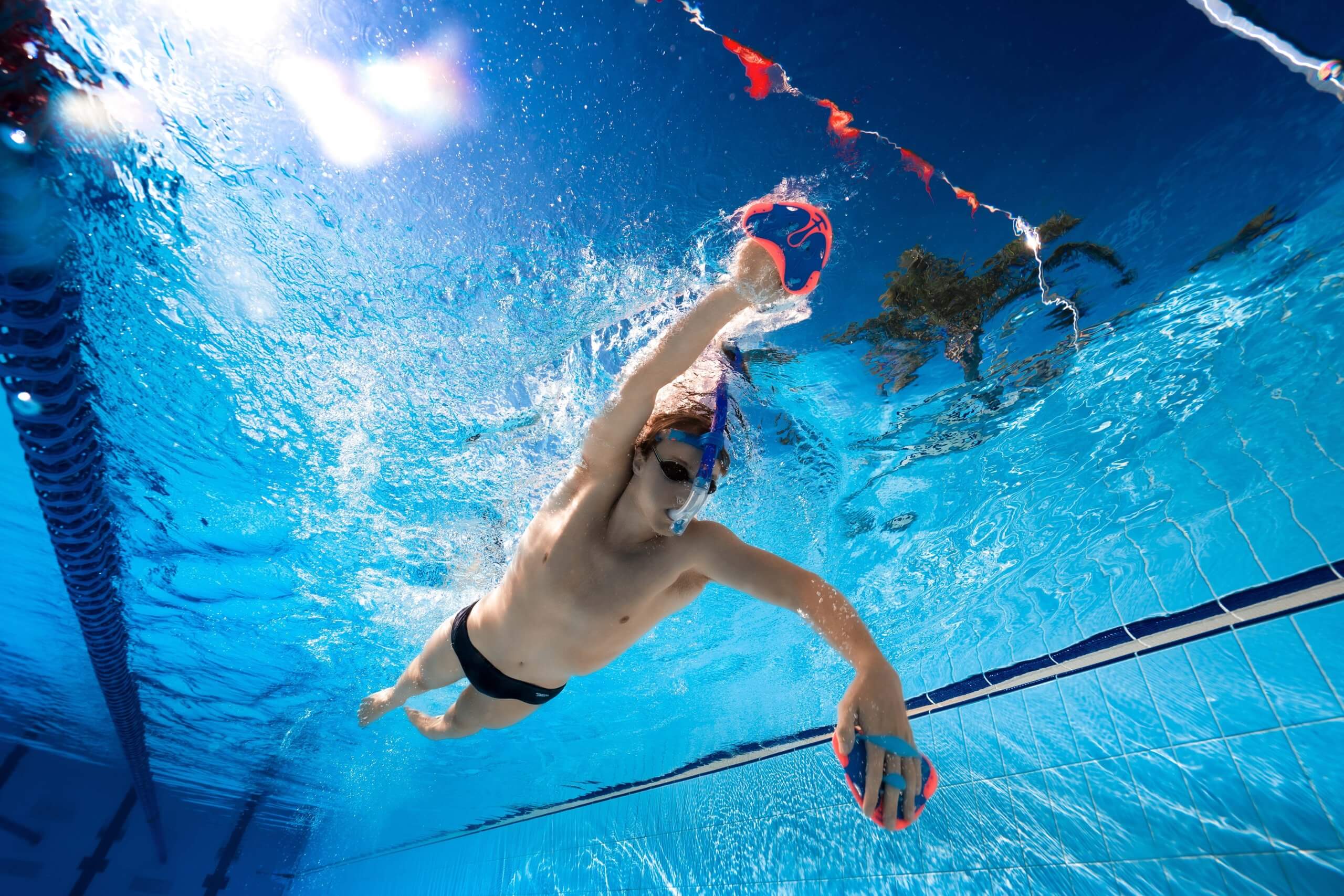




1 comment
Great read guys appreciate the tips must come in and talk to you about it think my bodyis weak and all those areas due to 2 lower back operations but I’m work on them🏃